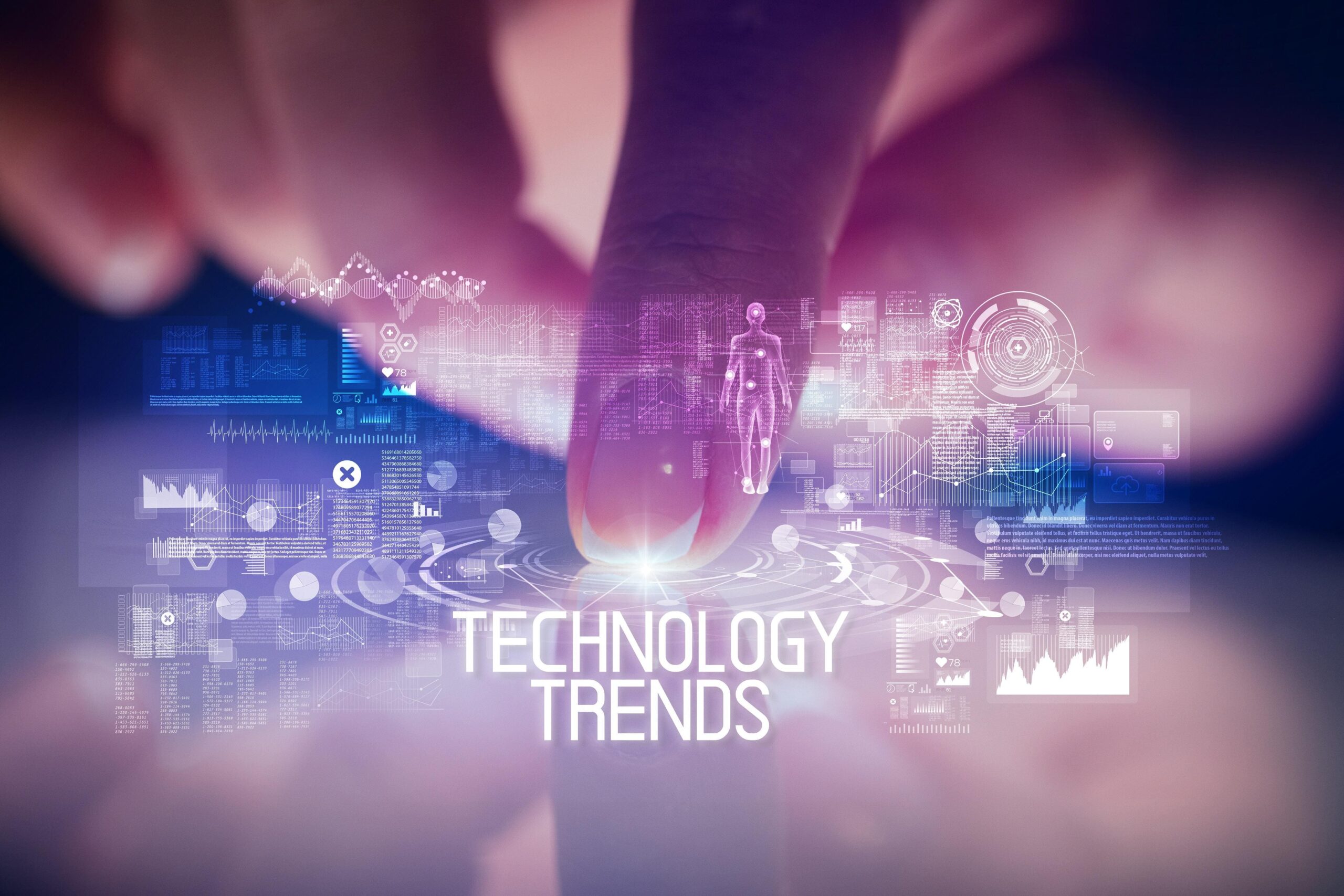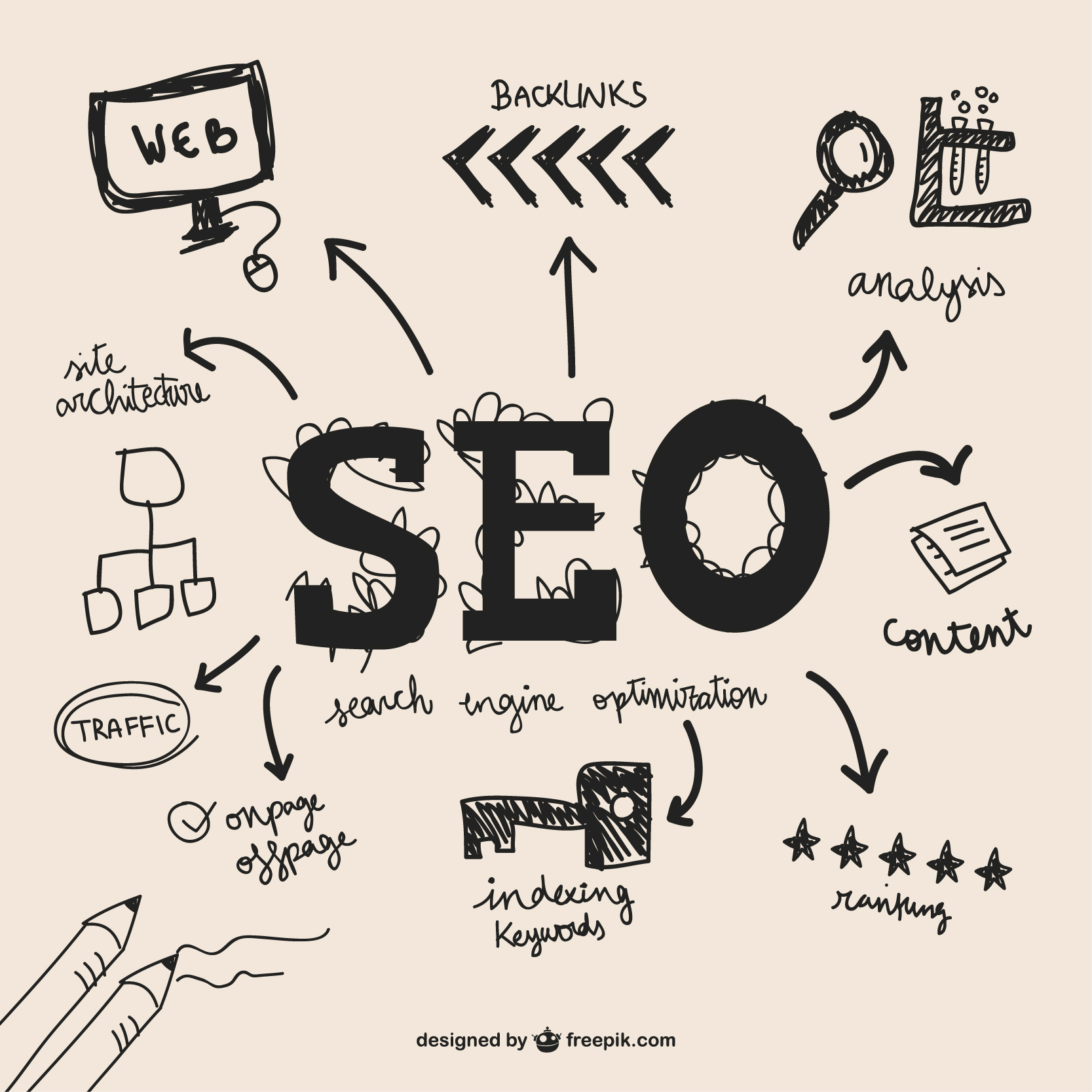Top 25 New Technology Trends to Watch for in 2025

Technology is advancing at an unprecedented pace, and 2025 promises to bring even more transformative innovations. As technology evolves, so do the roles and skills required of IT professionals, who will need to continually learn and adapt to remain competitive in a digital-first world. Embracing these emerging technologies is critical not only to staying relevant but to thriving in tomorrow’s tech landscape. Below are 25 key trends poised to shape the future of technology and society.
1. Generative AI
Generative AI is one of the most talked-about innovations and is set to revolutionize industries through content generation and design automation. This type of AI can produce highly sophisticated text, images, audio, and even complex simulations, making it invaluable for businesses seeking to enhance creativity, customer engagement, and problem-solving capabilities. In 2025, generative AI will be widely integrated across sectors, providing personalized services and driving new applications that improve productivity and streamline workflows.
2. Quantum Computing
Quantum computing harnesses quantum mechanics to process data at unprecedented speeds, tackling complex calculations that are beyond traditional computers. In 2025, its applications will expand into cryptography, where it can unlock new security measures, and pharmaceuticals, where it can model molecular structures for drug discovery. Although still in early stages, quantum computing has immense potential to solve problems previously thought unsolvable, and its impact on industries like finance, healthcare, and logistics will be profound.
3. 5G Expansion
The rollout of 5G, the fifth generation of mobile networks, is accelerating and will support high-speed, low-latency connections required by Internet of Things (IoT) devices, augmented reality (AR), and autonomous vehicles. With 5G’s ability to handle vast amounts of data, applications in smart cities, real-time communications, and remote work will see considerable growth, enabling seamless connections and more efficient data processing.
4. Virtual Reality (VR) 2.0
VR technology is evolving to deliver more immersive and realistic experiences. With advances in display resolution, motion tracking, and ergonomics, VR will become more accessible and user-friendly. Applications will go beyond gaming to include training, education, and therapy, offering a range of new experiences that are likely to drive adoption among both consumers and businesses.
5. Augmented Reality (AR)
Enhanced AR capabilities will transform industries by overlaying digital information onto the physical world. With advancements in AR hardware, such as specialized glasses and more powerful mobile devices, users will experience immersive and interactive visualizations. From retail and real estate to healthcare and education, AR will enable users to visualize products, interact with content, and enhance learning in real time.
6. Internet of Things (IoT) in Smart Cities
IoT is the backbone of smart city initiatives, connecting sensors and devices that collect and share data to improve urban management. IoT will play a crucial role in monitoring traffic, optimizing energy use, and enhancing public safety. This data-driven approach helps address urban challenges, making cities more livable and sustainable.
7. Biotechnology in Agriculture
Biotechnology is transforming agriculture by allowing for the development of crops that are more resilient to environmental stressors, pests, and diseases. With techniques like CRISPR gene editing, scientists can modify crops to be more nutritious and climate-resistant. This advancement is essential for food security, particularly as climate change continues to impact traditional farming.
8. Autonomous Vehicles
While fully autonomous vehicles are still in development, partial automation is becoming increasingly common in public transportation and logistics. Autonomous vehicles rely on AI, machine learning, and sensors to navigate without human intervention, with potential to reduce traffic accidents, improve logistics, and lower emissions.
9. Blockchain Beyond Crypto
Originally developed for Bitcoin, blockchain technology has broader applications. It is being used across industries for secure and transparent data management, from tracking goods in supply chains to securing digital voting systems and medical records. Its ability to prevent fraud and enhance data security makes blockchain valuable beyond cryptocurrency.
10. Edge Computing
Edge computing processes data close to its source rather than relying on central data centers. This decentralized approach is essential for applications needing immediate processing, such as autonomous vehicles, industrial IoT, and real-time analytics. Edge computing reduces latency and enhances efficiency, particularly in remote or high-stakes environments.
11. Personalized Medicine
Advances in genomics and biotechnology are enabling personalized medical treatments. By analyzing genetic and lifestyle factors, healthcare providers can tailor treatments to individual patients, especially in fields like oncology. This targeted approach improves outcomes and reduces side effects, representing a major shift in how medicine is practiced.
12. Neuromorphic Computing
Neuromorphic computing designs computer chips that mimic the neural structure of the human brain, providing a more efficient way to handle sensory data and complex calculations. Neuromorphic systems could make tasks like pattern recognition, real-time learning, and adaptive decision-making faster and more energy-efficient, benefiting industries like robotics, AI, and sensory technology.
13. Green Energy Technologies
Technological innovations in renewable energy, like advanced solar cells and wind turbines, aim to make clean energy more efficient and affordable. Green energy technologies will play a central role in reducing greenhouse gas emissions and helping countries meet sustainability goals, contributing to a cleaner, greener future.
14. Cybersecurity Advances
As digital threats evolve, cybersecurity must keep pace. AI-driven tools, biometric authentication, and blockchain applications are some of the advances helping protect sensitive data and prevent cyberattacks. In 2025, stronger cybersecurity frameworks will be crucial as more data is stored and accessed online.
15. Digital Twins
Digital twins create virtual replicas of physical systems, from buildings to industrial machines. These digital models allow businesses to simulate scenarios, optimize performance, and predict maintenance needs. Digital twins are particularly valuable in manufacturing, logistics, and urban planning, where they help streamline processes and improve decision-making.
16. Sustainable Computing
With increasing awareness of environmental impact, sustainable computing focuses on reducing the energy consumption and carbon footprint of IT operations. Techniques like energy-efficient data centers and low-power computing devices will contribute to eco-friendly IT practices, aligning technology with sustainability goals.
17. Artificial Intelligence in Healthcare
AI is revolutionizing healthcare by enabling early disease detection, optimizing treatment plans, and improving diagnostics. Machine learning algorithms can analyze large datasets, offering insights that assist doctors in decision-making. AI-powered healthcare will be more accurate, faster, and accessible, transforming patient care.
18. Wearable Technology
Wearable devices are becoming more sophisticated, with applications in fitness tracking, healthcare, and even mental health. In 2025, wearables will go beyond tracking steps, offering real-time health monitoring and predictive analytics, allowing for proactive healthcare.
19. Robotics and Automation in Manufacturing
Robots and automation technologies are transforming manufacturing by increasing efficiency and reducing human labor. AI-powered robots can perform complex tasks, improving accuracy and enabling round-the-clock production. Automation in 2025 will be central to industrial competitiveness.
20. AI-Powered Customer Service
AI-driven chatbots and virtual assistants are transforming customer service, providing instant responses and handling queries more effectively. This technology enhances user experience and reduces operational costs, with companies integrating AI customer support at every touchpoint.
21. 3D Printing in Healthcare and Manufacturing
3D printing is advancing fields like healthcare, where it is used for prosthetics, implants, and even bioprinting tissues. In manufacturing, 3D printing enables rapid prototyping and on-demand production, reducing costs and time-to-market.
22. Smart Homes and IoT
Smart home technology, powered by IoT, offers automated control over lighting, heating, and security. In 2025, homes will become even smarter, integrating energy-saving devices, voice assistants, and connected appliances for greater convenience and efficiency.
23. Natural Language Processing (NLP)
NLP, a branch of AI that allows machines to understand and respond to human language, will enhance everything from customer service to content creation. Advances in NLP will enable more natural interactions between humans and AI.
24. Self-Healing Materials
Self-healing materials, which can repair themselves when damaged, are finding applications in construction, electronics, and automotive industries. This technology can reduce maintenance costs and extend the lifespan of products.
25. Biometrics for Enhanced Security
Biometric authentication, such as facial and fingerprint recognition, provides higher security than traditional passwords. Biometric solutions in 2025 will become more widespread, offering secure, convenient access to devices, buildings, and digital services.
These technologies promise to redefine our world in 2025, opening new possibilities for innovation, sustainability, and connectivity. Staying informed and skilled in these areas will be crucial for professionals aiming to thrive in the evolving tech landscape.





